Climate Machine Learning Applications
NCAS Summer school 2025
ICCS/Cambridge
ICCS/Cambridge
2025-09-11
Teaching Material Recap
Teaching Material Recap
We have learnt the theory behind using:
- ANNs - using input features to make predictions
- CNNs - using image-like data as an input
Considerations
Image-like data

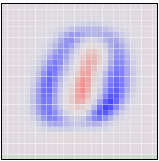
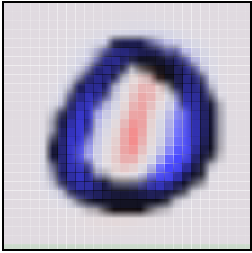
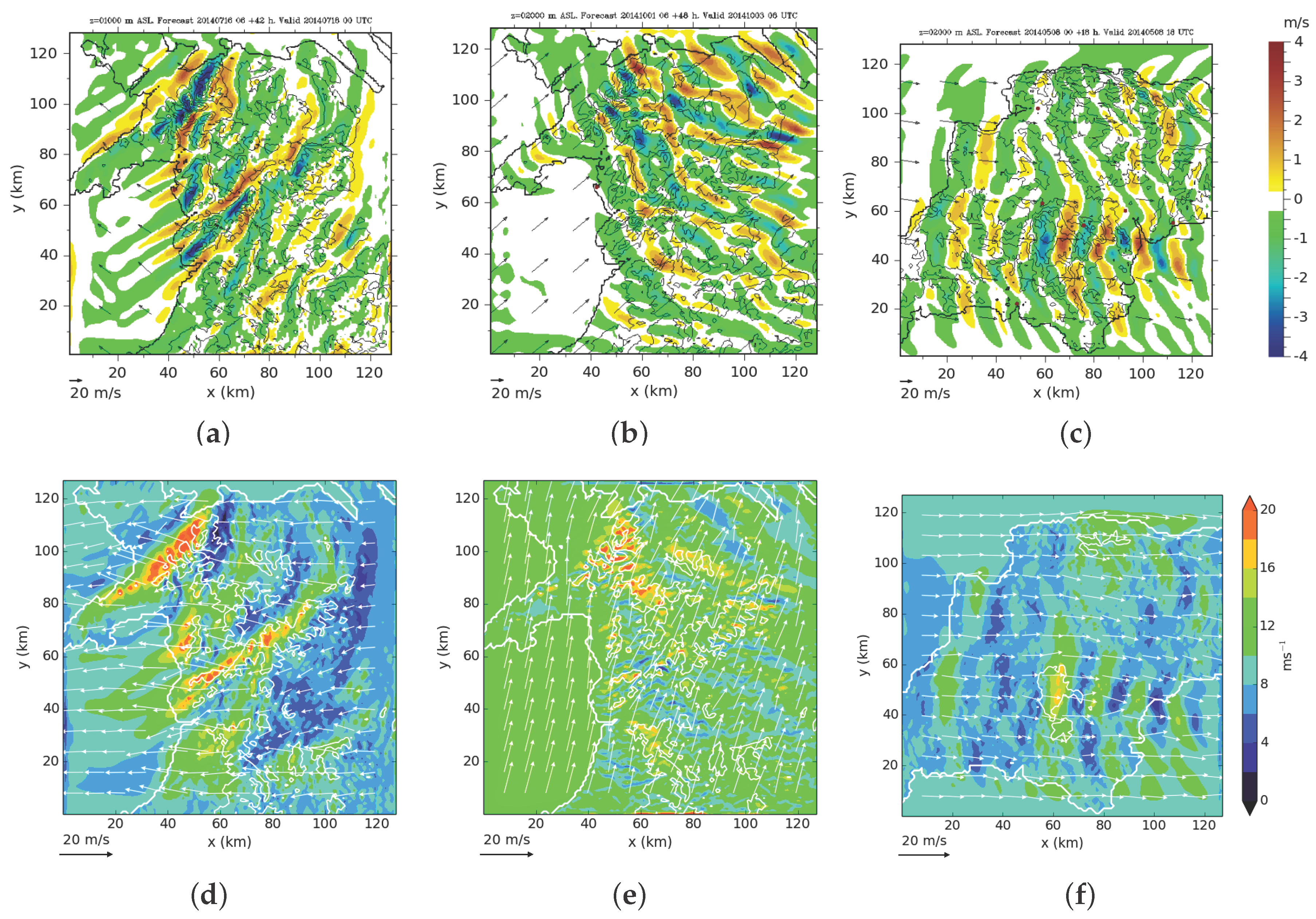
Potential Applications
Applications in geosciences:
See review of Kashinath et al. (2021) and Burgh-Day and Leeuwenburg (2023)
- Emulation of existing parameterisations
(Espinosa et al. 2022)
- Data-driven parameterisations
(Yuval and O’Gorman 2020; Giglio, Lyubchich, and Mazloff 2018)
- Downscaling/Upsampling
(Harris et al. 2022) - Climate Emulators
(Watt-Meyer et al. 2025; Chapman et al. 2025; Dheeshjith et al. 2025)
- Time series forecasting
(Shao et al. 2021)
- Equation discovery
(Zanna and Bolton 2020; Ma et al. 2021)
- Complete forecasting
(Pathak et al. 2022; Bi et al. 2022; Nguyen et al. 2023; Rasp et al. 2024; Kochkov et al. 2024; Nathaniel et al. 2024; Bodnar et al. 2025)
Climate Modelling
Climate models are large, complex, many-part systems.
Paramterisations
- Parameterisations are typically expensive
- Microphysics and Radiation are top offenders
- Replace parameterisations with NNs
- emulation of existing parameterisation
e.g. Espinosa et al. (2022) - data-driven parameterisations
- capture missing physics?
- train with a high-resolution model
access the benefits of subgrid model without the cost(?)
- emulation of existing parameterisation
Machine Learning
We typically think of Deep Learning as an end-to-end process;
a black box with an input and an output.

 Who’s that Pokémon?
Who’s that Pokémon?
\[\begin{bmatrix}\vdots\\a_{23}\\a_{24}\\a_{25}\\a_{26}\\a_{27}\\\vdots\\\end{bmatrix}=\begin{bmatrix}\vdots\\0\\0\\1\\0\\0\\\vdots\\\end{bmatrix}\] It’s Pikachu!
Neural Net by 3Blue1Brown under fair dealing.
Pikachu © The Pokemon Company, used under fair dealing.
Machine Learning in Science

Neural Net by 3Blue1Brown under fair dealing.
Pikachu © The Pokemon Company, used under fair dealing.
Replacing physics-based components
2 approaches:
- emulation, or
- data-driven.
Additional challenges:
- Physical compatibility
- Physics-based models have conservation laws
Required for accuracy and stability
- Physics-based models have conservation laws
- Language interoperation



Downscaling
- Can we get information for ‘free’?
- Train to predict ‘image’ from coarsened version.
- Topography?

Image by Earth Lab
Forecasting
- Time-series
- Recurrent Neural Nets
- Complete weather
- FourCastNet, Pangu-Weather, ClimaX
- GraphCast, NeuralGCM, Aurora
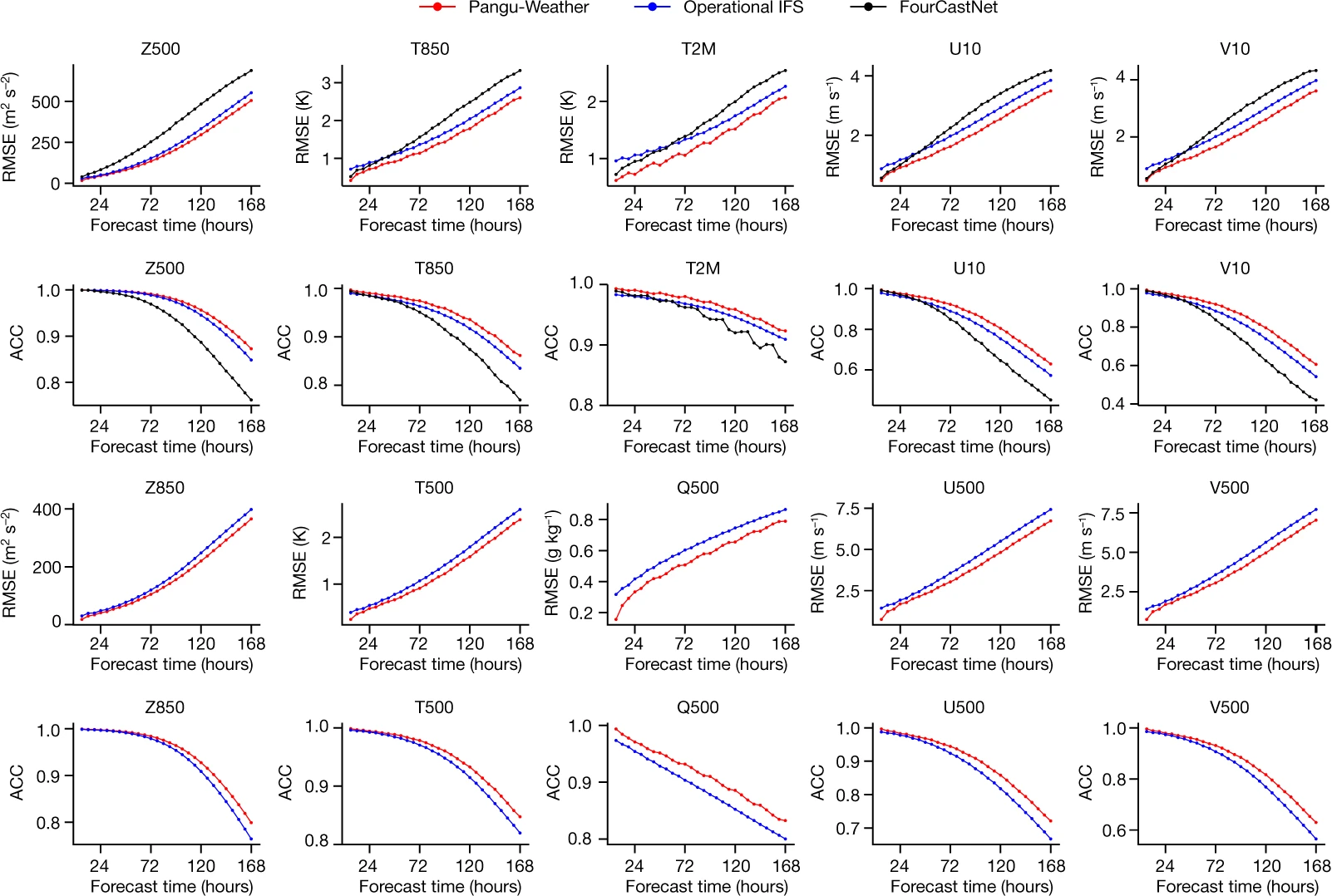
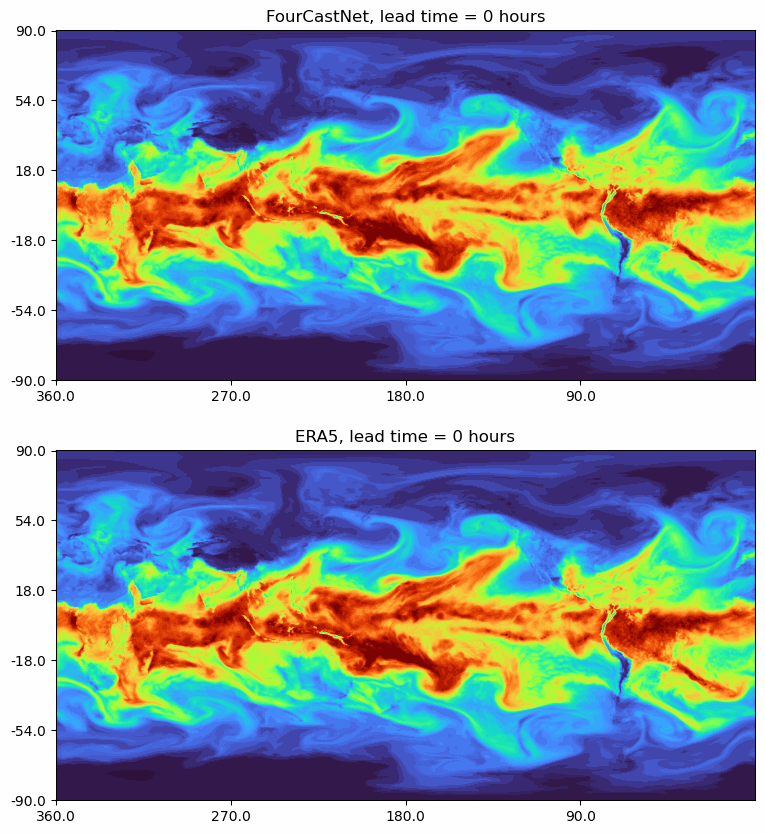
Line plot image from Bi et al. (2023)
Global image from NVIDIA FourCastNet
Differentiable Models
- Online training
- End-to-end differentiable GCMs
- Greater stability

Images from Google NeuralGCM
Foundation Models
- Pretrained on large amount of heterogeneous climate datasets
- Aims to learn general purpose representations of dynamic
- Fine tune for specific forecasting tasks
- Examples:
- ClimaX, Microsoft Aurora
- Limitations
- Poor accuracy beyond short term forecasts
- Predict unrealistic dynamics (Chattopadhyay and Hassanzadeh 2023)
Challenges
Training data - considerations
How should we prepare our training data?
- Cyclic data?
- e.g. diurnal, annual, other
- use time as an input
- use a [daily] average
Training data - implications
- A NN only knows as much as its training data.
- How do you predict the 1/100 event? 1/1000 event?
- How do you train for a changing climate?
- And tipping points?

Image by NASA
Structure/Physics-informed approach
There is a wide variety of ways to structure a Neural Net.
What is the most appropriate for our application.
What are potentiall pitfalls - don’t go in blind with an ML hammer!
Case study of Ukkonen (2022) for emulating radiative transfer:
- Recurrent Neural Network reflects physical propogation,
- and prevents spurious correlations.
Physical Compatibility
Many ML applications in climate science are more complex than other classical applications.
- our ML useage is often not end-to-end
- A stable/accurate offline model will not neccessarily be stable online (Furner et al. 2023).
Your NN is perfectly happy to have ‘negative rain’.
- Even with heavy penalties
- This is not a new problem in numerical parameterisations.
- How is it best to enforce physical constraints in NNs.
Redeployability
How easy is it to redeploy a ML model? - exactly what has it learned?
- Locked to a geographical location?
- Locked to numerical model?
- Locked to a specific grid!?
- How do we handle inputs from different models?
Interfacing
Replacing physics-based components of larger models (emulation or data-driven) requires care.
- Language interoperation
- Physical compatibility
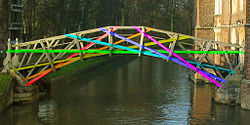
Mathematical Bridge by cmglee used under CC BY-SA 3.0



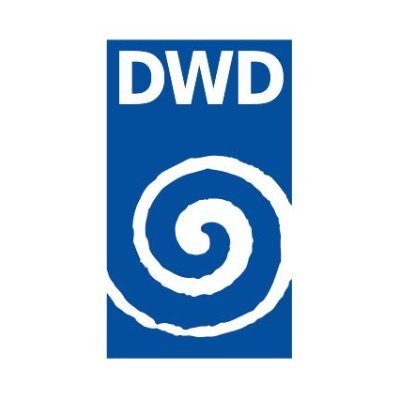

![]()
Interfacing - Possible solutions
Ideally need to:
- Not generate excess additional work for user
- Not require excess knowledge of computing
- Minimal learning curve
- Not add excess dependencies
- Be easy to maintain
- Maximise performance
Interfacing - Possible solutions
- Implement a NN in Fortran
- Forpy/CFFI
- SmartSim/Pipes
- Fortran-Keras Bridge
Interfacing - Our Solution



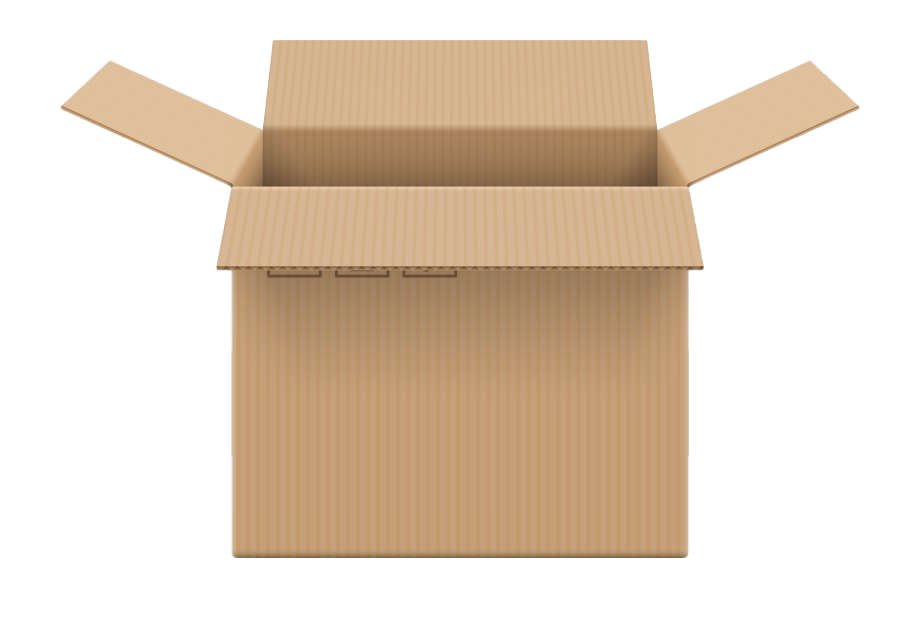

Python
env
Python
runtime



xkcd #1987 by Randall Munroe, used under CC BY-NC 2.5
Interfacing - Our Solution
Ftorch and TF-lib
- Use Fortran’s intrinsic C-bindings to access the C/C++ APIs provided by ML frameworks
- Performance
- Ease of use
- Use frameworks’ implementations directly
Interfacing - Our Solution
Ftorch and TF-lib
- Use Fortran’s intrinsic C-bindings to access the C/C++ APIs provided by ML frameworks
- Performance
- avoids python runtime
- no-copy transfer (shared memory)
- Ease of use
- Use frameworks’ implementations directly
Interfacing - Our Solution
Ftorch and TF-lib
- Use Fortran’s intrinsic C-bindings to access the C/C++ APIs provided by ML frameworks
- Performance
- Ease of use
- pleasant API (see next slides)
- utilities for generating TorchScript/TF module provided
- examples provided
- Use frameworks’ implementations directly
Interfacing - Our Solution
Ftorch and TF-lib
- Use Fortran’s intrinsic C-bindings to access the C/C++ APIs provided by ML frameworks
- Performance
- Ease of use
- Use frameworks’ implementations directly
- feature support
- future support
- direct translation of python models 1
Code Example - PyTorch
- Take model file
- Save as torchscript
Code Example - PyTorch
Neccessary imports:
use, intrinsic :: iso_c_binding, only: c_int64_t, c_float, c_char, &
c_null_char, c_ptr, c_loc
use ftorchLoading a pytorch model:
Code Example - PyTorch
Tensor creation from Fortran arrays:
! Fortran variables
real, dimension(:,:), target :: SST, model_output
! C/Torch variables
integer(c_int), parameter :: dims_T = 2
integer(c_int64_t) :: shape_T(dims_T)
integer(c_int), parameter :: n_inputs = 1
type(torch_tensor), dimension(n_inputs), target :: model_inputs
type(torch_tensor) :: model_output_T
shape_T = shape(SST)
model_inputs(1) = torch_tensor_from_blob(c_loc(SST), dims_T, shape_T &
torch_kFloat64, torch_kCPU)
model_output = torch_tensor_from_blob(c_loc(output), dims_T, shape_T, &
torch_kFloat64, torch_kCPU)Code Example - PyTorch
Running the model
Cleaning up:
Further information
References
Slides
These slides can be viewed at:
https://cambridge-iccs.github.io/practical-ml-with-pytorch
The html and source can be found on GitHub.
Contact
For more information we can be reached at:
